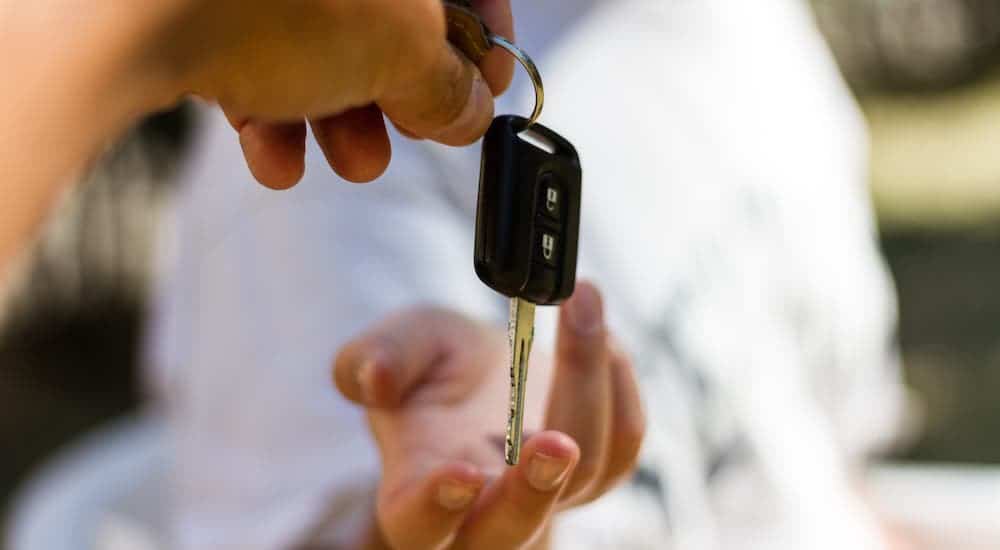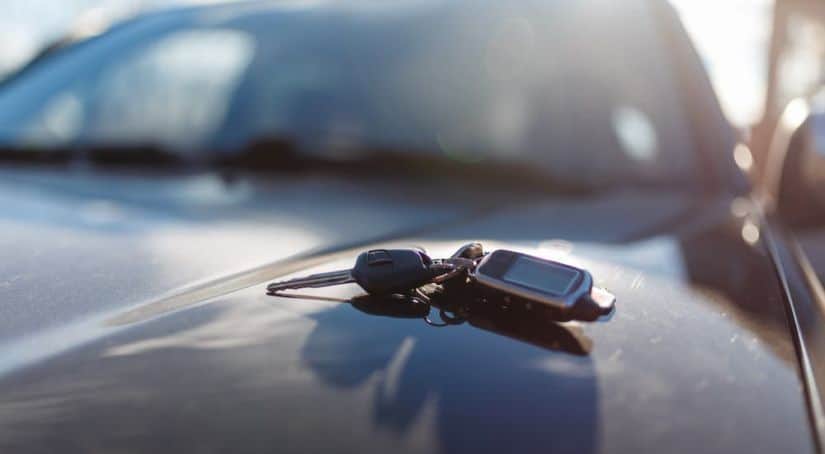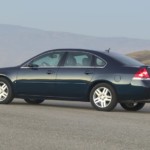Used cars are not what they used to be, and maybe that is a good thing. When I was a kid, when you bought a used car, it was usually from a neighbor or a local service station. There were also some used car lots as well. These usually had ribbons of plastic flags with the place lit up like a carnival. It actually made sense, because the guy selling you the used car has about as much credibility as Bozo the Clown (if you don’t know who that is, go and Google it; I’ll wait). Now, before you point your finger at me and yell, “Okay, Boomer!” hear me out. We are living in a time where you don’t take your wallet and your life in your own hands when you buy a used car. There has never been a better time to consider buying a used car, and I am here to tell you why.
This Is Not Your Grandfather’s Used Car

Back in the day, many used car dealerships had bad reputations. That is because a number of them were unscrupulous, often engaging in things like rolling back the odometer, swapping out engines and parts for cheaper alternatives, and lying about a used car’s history. It was a bit like the Wild West out there, and consumers had good reason to approach buying a used car with a great deal of trepidation.
Fortunately, this is not the case today. Auto manufacturers have come to realize that the residual market for used cars can be quite large, and many have begun setting up Certified Pre-Owned programs. This is where the automaker will select some of their best dealerships and work with them to sell used cars, trucks, and SUVs made by the manufacturer. This facilitates owners who bought new cars and would like to trade them in after a few years to the dealer. These owners know they are going to get a fair deal on their trade-in.
The dealership will then make sure that the vehicle has undergone a thorough inspection, ensuring the buyer of the used car that the vehicle is truly roadworthy. The manufacturer will then sweeten the deal by offering warranties and other benefits, such as 24-hour roadside assistance. This Certified Pre-Owned program then creates a win-win for everyone. The original owner gets a good deal on his trade-in, driving out with a new car from the same brand. The dealership and the automaker keep a satisfied customer. And you, the buyer of the Certified Pre-Owned vehicle, get a car, truck, or SUV that you know will be dependable, at a price you can afford. Clearly, the days of Bozo the Clown and the Wild West selling used cars are quickly becoming a thing of the past.
Ignorance Is Not Bliss
One of the reasons the dishonest used car dealers of the past could get away with things was the lack of available information on used cars. Unless you had a friend at the Department of Motor Vehicles or an insurance company, there was almost no way to find out if a car you were looking to purchase had been involved in an accident. As a result, there may have been underlying problems with the used car that you could not detect with the naked eye. In addition, unless you had a friend who was an auto mechanic, it was very difficult to get an independent source to inspect the car, truck, or SUV you were looking to buy. In other words, when you bought a used car, you were pretty much flying blind. You were relying on the good faith of the dealer, which can be a very risky proposition.
Today, there are a number of great resources available for checking out a used car. If you have the vehicle identification number (VIN), you can go on Carfax or AutoCheck, and for a nominal fee, you can get a detailed report on prior owners of the vehicle, involvement in accidents, open recalls and other information you will need before deciding on going forward with the purchase. You can also get a report from the National Motor Vehicle Title Information System. This organization operates a website that is open to the public, which can provide you with information on the used vehicle. All you will need is the VIN and a nominal payment (around $10). Think about it: you are about to put down thousands of dollars, so paying up to $40 to do your due diligence on a used vehicle is really a no-brainer.
Getting a Fair Price

Another vital resource is Kelley Blue Book (KBB). In the past, you had no real way of knowing if you were getting a fair price when buying a used car or if the dealer was taking you for a ride. Sure, you could try to find a copy of the KBB. However, unless it was the latest copy, there was a good chance that the information was stale. This is not the case anymore, thanks to the Internet. The KBB website will give you a ballpark figure for a used car, whether you are buying one or looking for a trade-in value on one in your possession. All you will need is the make, model, model year, trim level (such as a Chevy Sierra 1500 XLT or a special edition), vehicle condition, and mileage.
What KBB does is it collects and aggregates information from car dealerships on sales and trade-ins. From this information, it is able to determine the value of a vehicle based on these different factors. Once you are armed with this knowledge, you are able to begin looking for that used car, truck, or SUV that you desire. If you find a dealership is consistently too high with its listed prices or unwilling to negotiate, then you can move on to a different dealership. Your best bet might be to go to a certified dealer of the vehicle you desire. They will probably have a bigger inventory of the vehicle you want, and more willing to negotiate a fair price in good faith, using KBB as a basis for the negotiation.
Getting the Most for Your Automotive Budget
More and more people are discovering the benefits of buying used. For the most part, you are going to find that your options are greater when buying used, as there are more used cars for sale than new ones. Furthermore, you will find that your car budget goes further when you are buying used. One of the main reasons for this is depreciation, the loss of value of an asset as it is used over time. In the case of motor vehicles, the depreciation is on an accelerated basis, so a new car will love more of its value in its first year than it will in subsequent years. This is why you can buy a used pickup truck that is a year or two old for a lot less than the same make and model pickup truck new. As a result, you may be able to buy the used pickup truck with more features and/or with a higher trim level than if you spent the same money on a new truck.
If you are buying a model that has not been redesigned, then, in essence, you are buying the same vehicle, just a few years older with a few extra miles. Finally, when a manufacturer makes a major redesign creating a new generation of a model, the previous-generation models often are available at a significant discount. However, this is not always the case and depends a great deal on whether the redesign is a hit with the public. Nevertheless, buying used will almost always be a better bargain than buying new.



